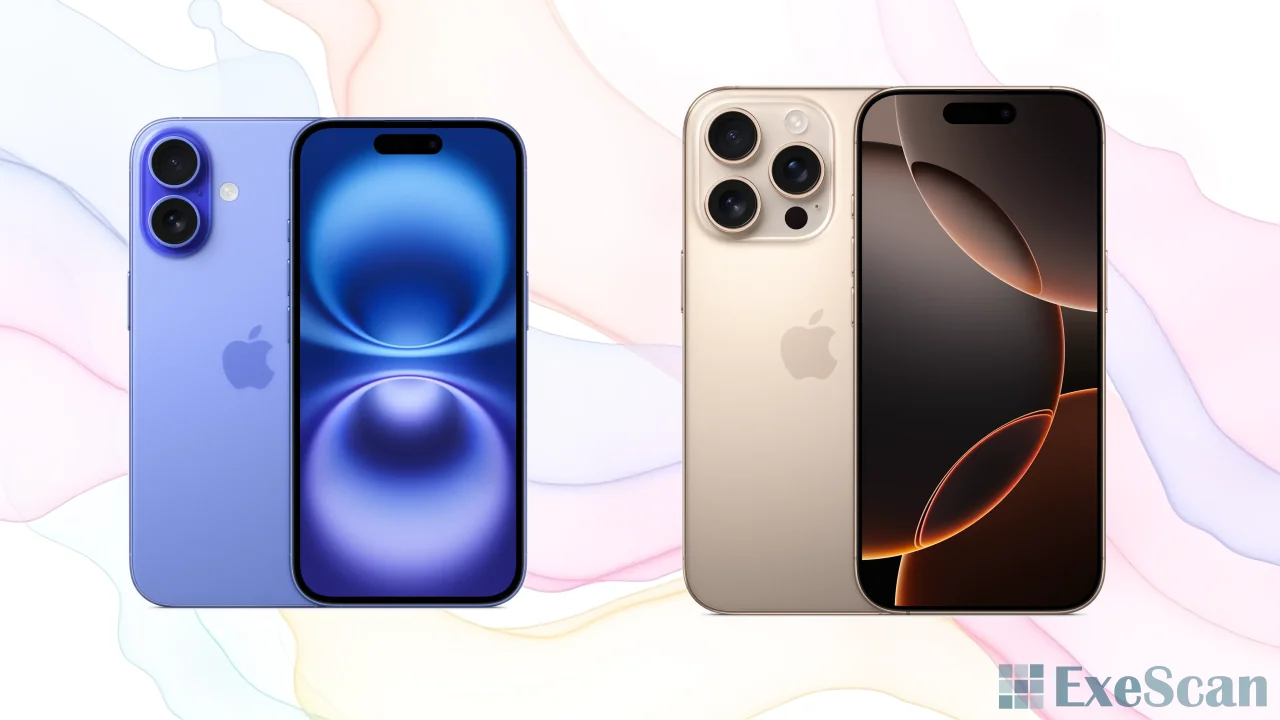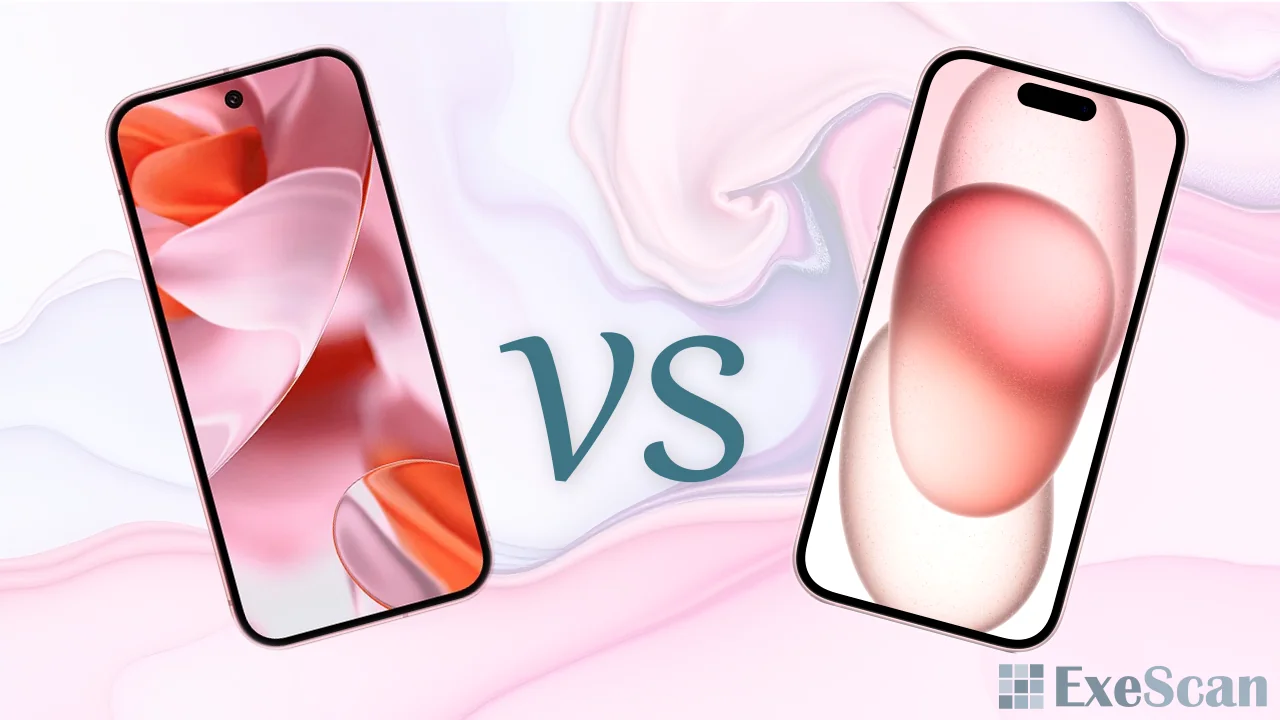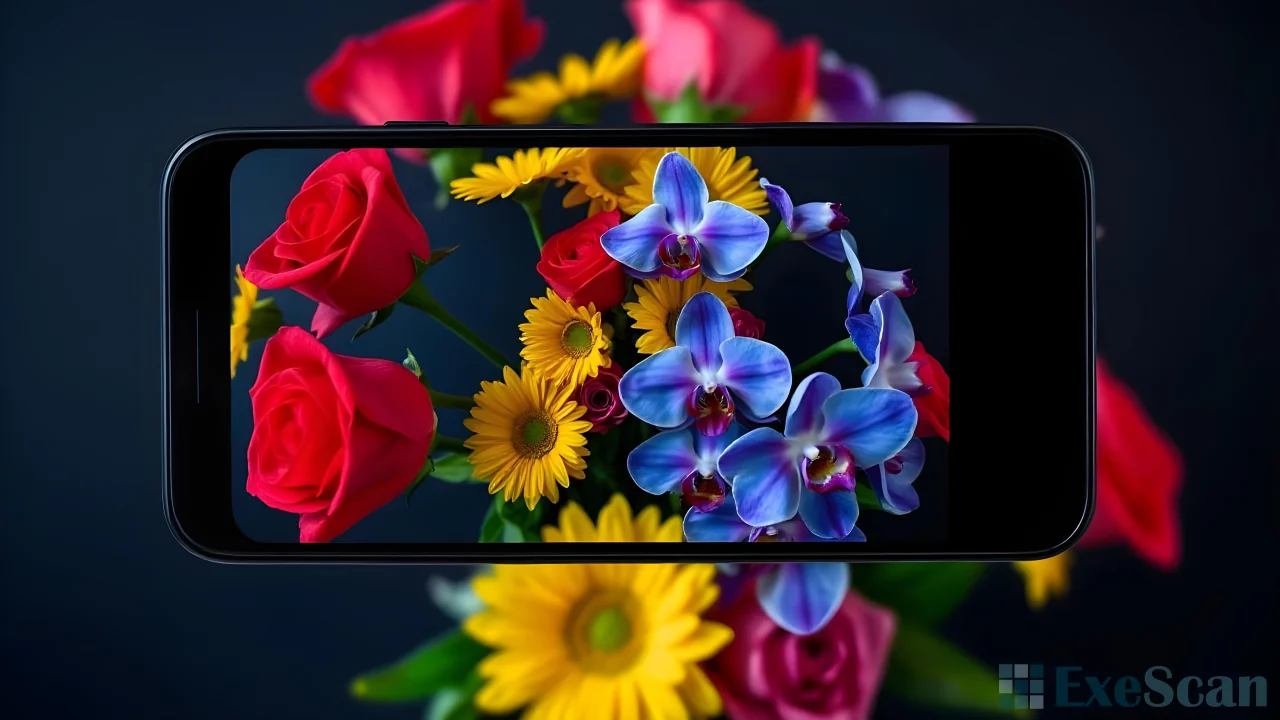Taking photos with your phone has become incredibly popular. With advancements in technology, the cameras on our smartphones are capable of capturing amazing images. Here are some tips to help you take great photos with your phone.
Clean Your Lens
Before you start snapping photos, make sure your phone’s camera lens is clean. It’s easy to overlook, but a smudged lens can ruin your picture quality. Use a soft cloth to gently clean the lens.
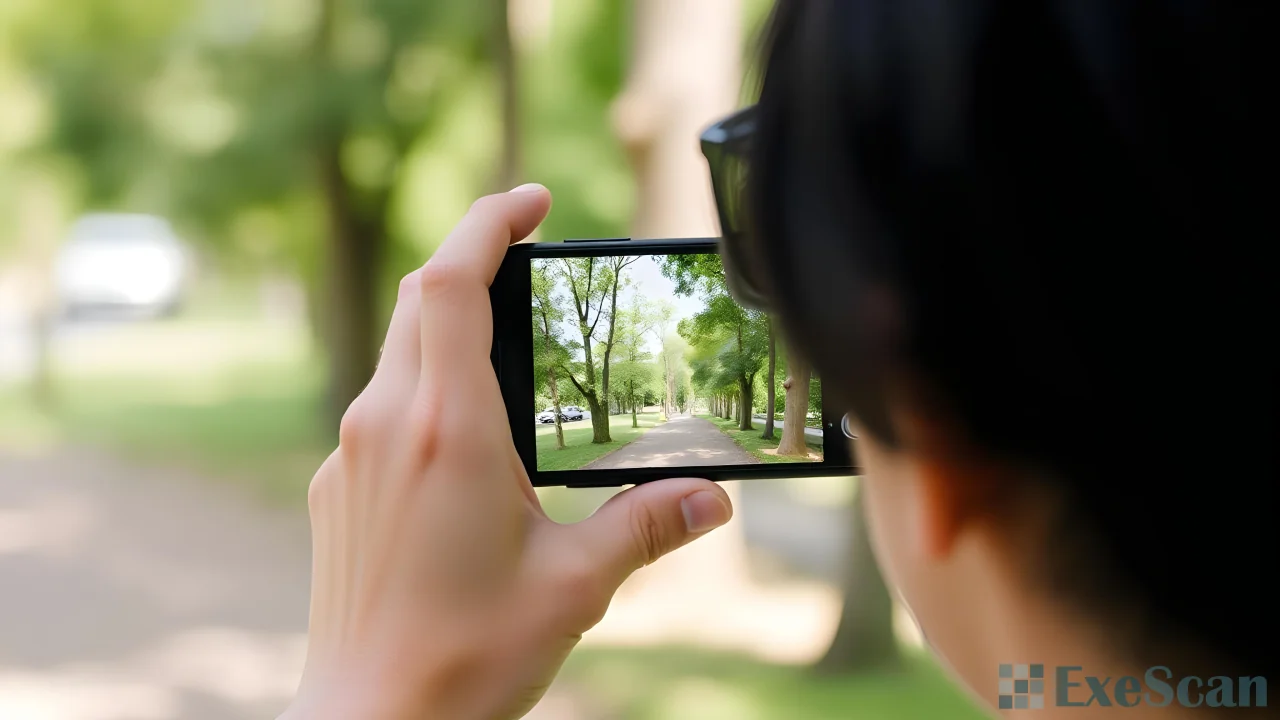
Find Good Lighting
Lighting is crucial in photography. Natural light is often the best source. When outdoors, try to take pictures during the golden hours—shortly after sunrise and before sunset—when the light is soft and warm. If you’re indoors, position your subject near a window or other light source. Avoid harsh, direct sunlight as it can create unwanted shadows and highlights.
Steady Your Shot
A steady hand is key to avoiding blurry photos. Use both hands to hold your phone and keep your elbows close to your body for stability. If possible, rest your phone on a solid surface or use a tripod designed for smartphones. Some phones have built-in stabilizers which can also help reduce blurriness.
Focus on Your Subject
Tap the screen of your phone where you want to focus. This ensures that your subject is clear and sharp. Most phones allow you to lock focus by holding your finger on the screen for a couple of seconds. This feature is especially useful when photographing moving subjects or in low light conditions.
Use HDR Mode
High Dynamic Range (HDR) mode can be a great tool. It helps balance the light and dark areas in your photos, providing more detail. However, use it wisely as it can sometimes make photos look unnatural. Experiment with HDR to see when it works best for your shots.
Experiment with Angles
Don’t just take photos from eye level. Try different angles to make your photos more interesting. Shoot from a low angle to make your subject appear larger or from above for a unique perspective. Moving around and experimenting with angles can lead to more dynamic and engaging photos.
Adjust Exposure
Most smartphones allow you to adjust the exposure manually. This feature lets you control how much light your camera sensor receives. If your photos are too dark or too bright, try adjusting the exposure. This can usually be done by sliding your finger up or down on the screen after you tap to focus.
Use the Gridlines
Turning on the gridlines on your camera can help you compose your photos better. The grid divides the screen into nine equal parts and follows the rule of thirds, which is a principle of composition. Place important elements along the gridlines or at their intersections to create more balanced and visually appealing photos.
Avoid Using Zoom
Digital zoom can reduce the quality of your photos. Instead of zooming in, try to get closer to your subject. If you can’t physically move closer, consider cropping the image later during editing. This will help maintain the quality and detail of your photo.
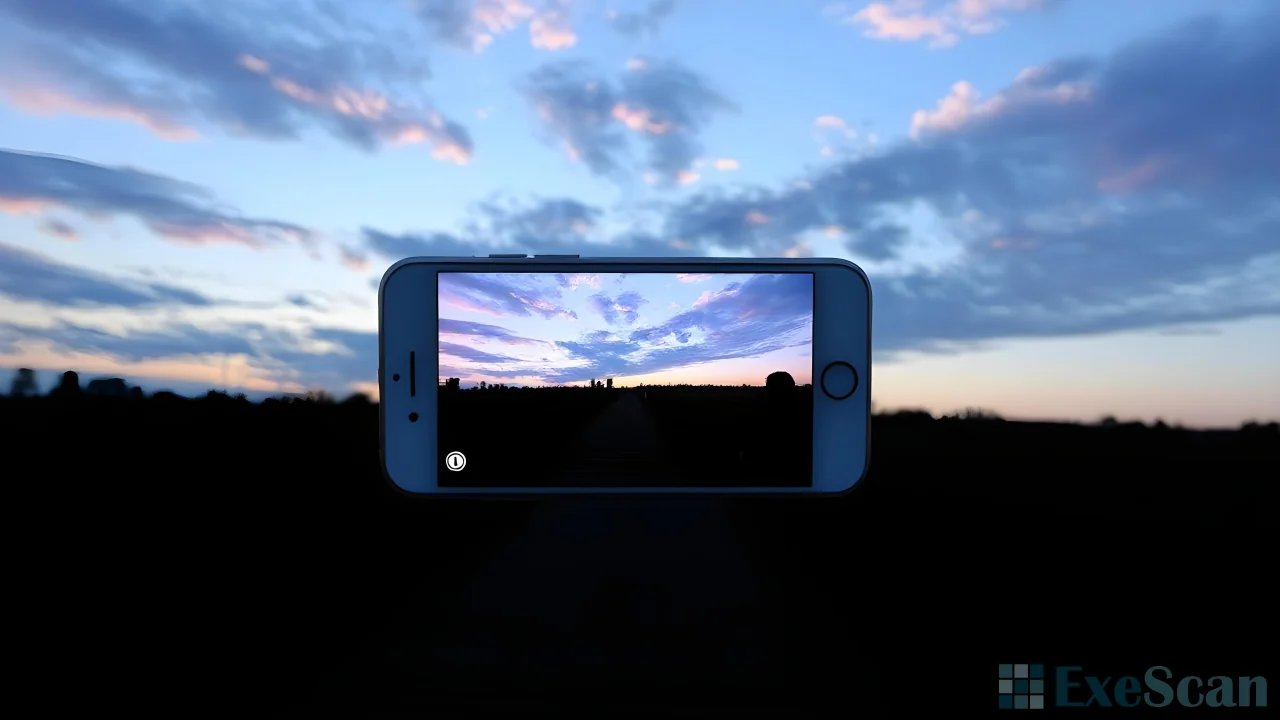
Edit Your Photos
Editing can enhance your photos significantly. There are many apps available that offer a range of editing tools. Adjust the brightness, contrast, and saturation to improve your photos. Be careful not to over-edit; subtle adjustments often work best. Apps like Snapseed and Lightroom offer powerful editing options right on your phone.
Explore Camera Modes and Features
Your phone camera likely has several modes and features, such as portrait mode, night mode, and panorama. Take the time to explore these options. Portrait mode is great for taking photos of people as it blurs the background, making the subject stand out. Night mode can be very useful in low light conditions, helping to reduce noise and capture more detail.
Practice Makes Perfect
Like any skill, photography improves with practice. Take lots of photos and experiment with different settings, angles, and lighting conditions. Review your photos critically and learn from what works and what doesn’t. Over time, you’ll develop a better eye for what makes a great photo.
Back Up Your Photos
Finally, don’t forget to back up your photos regularly. Losing your precious memories due to a phone malfunction or accidental deletion can be heartbreaking. Use cloud services like Google Photos, iCloud, or any other preferred method to keep your photos safe.
By following these tips, you can take great photos with your phone. Remember to keep experimenting and have fun with your photography journey. The more you practice, the better your photos will become. Happy snapping!
